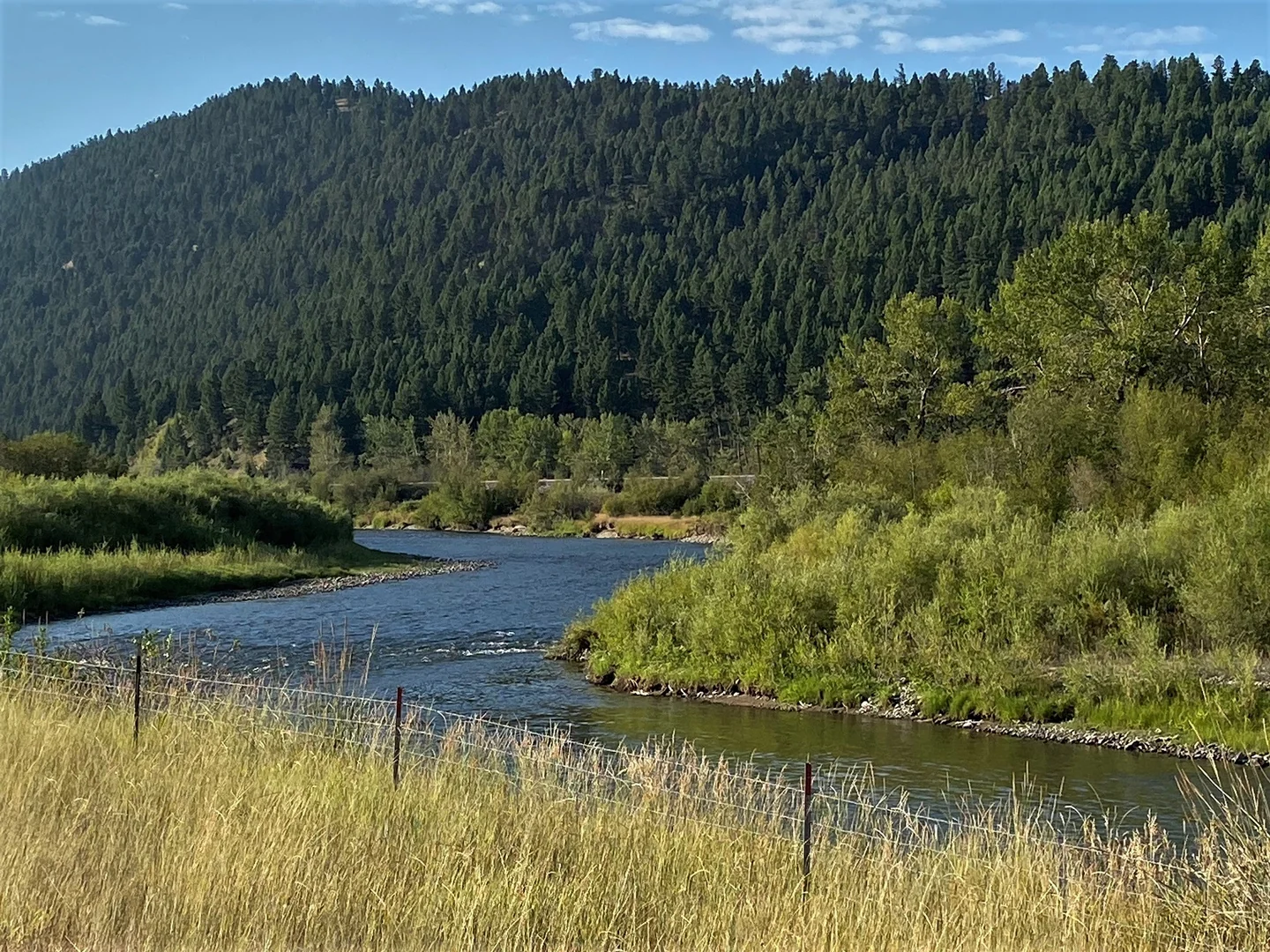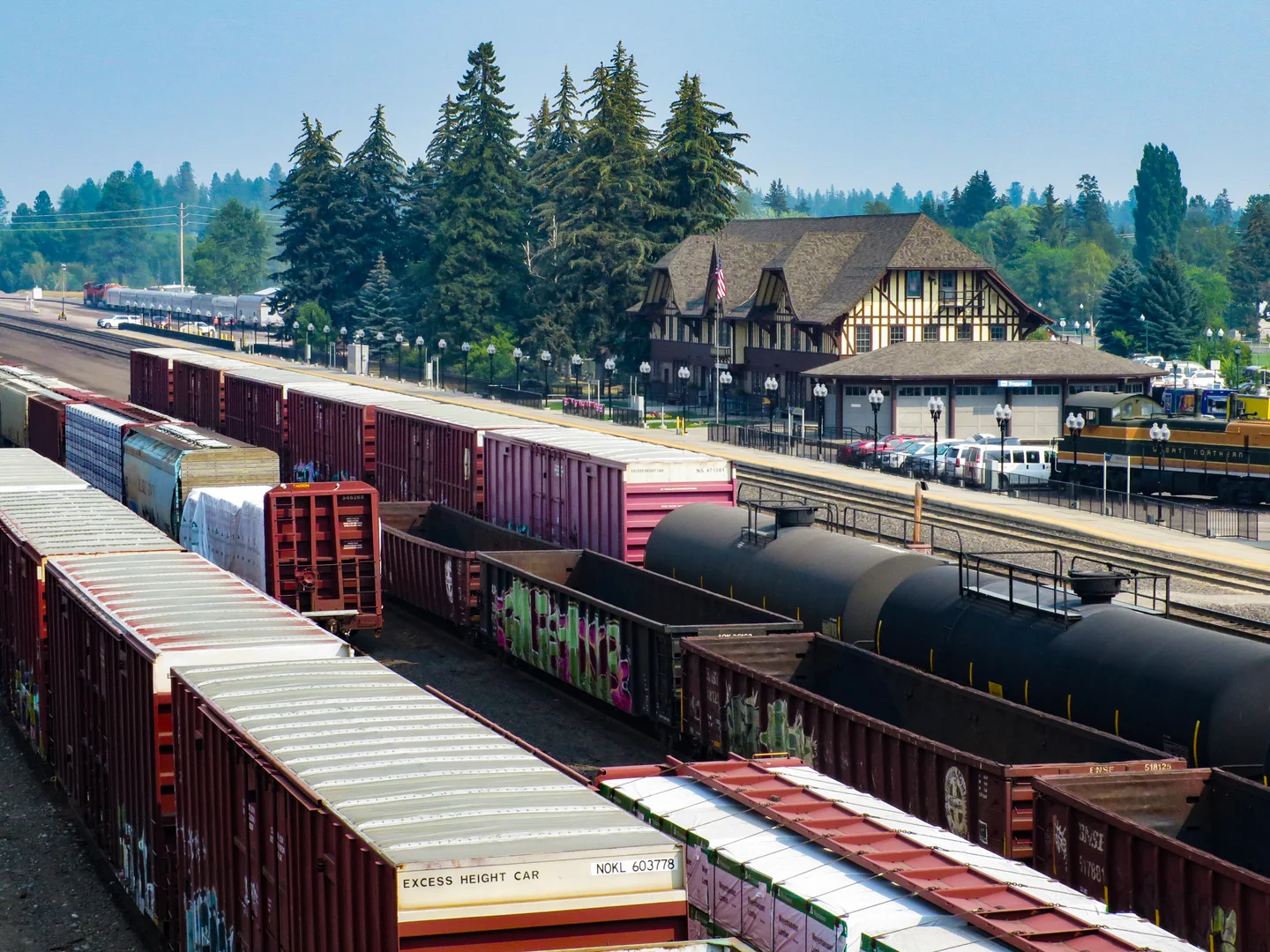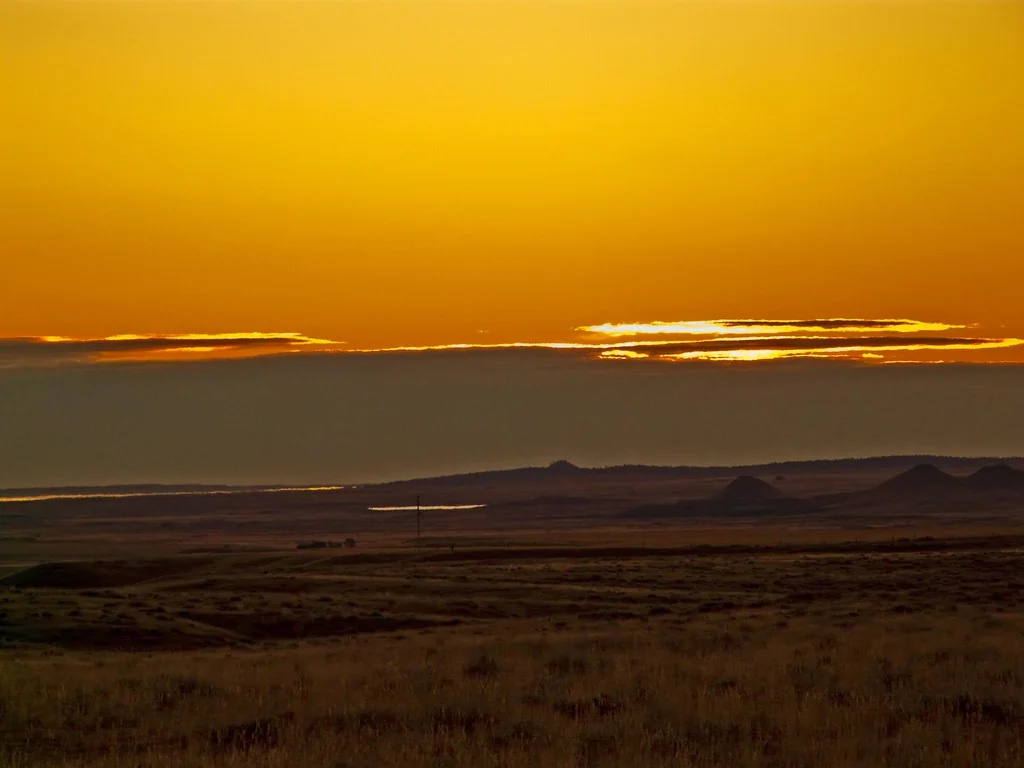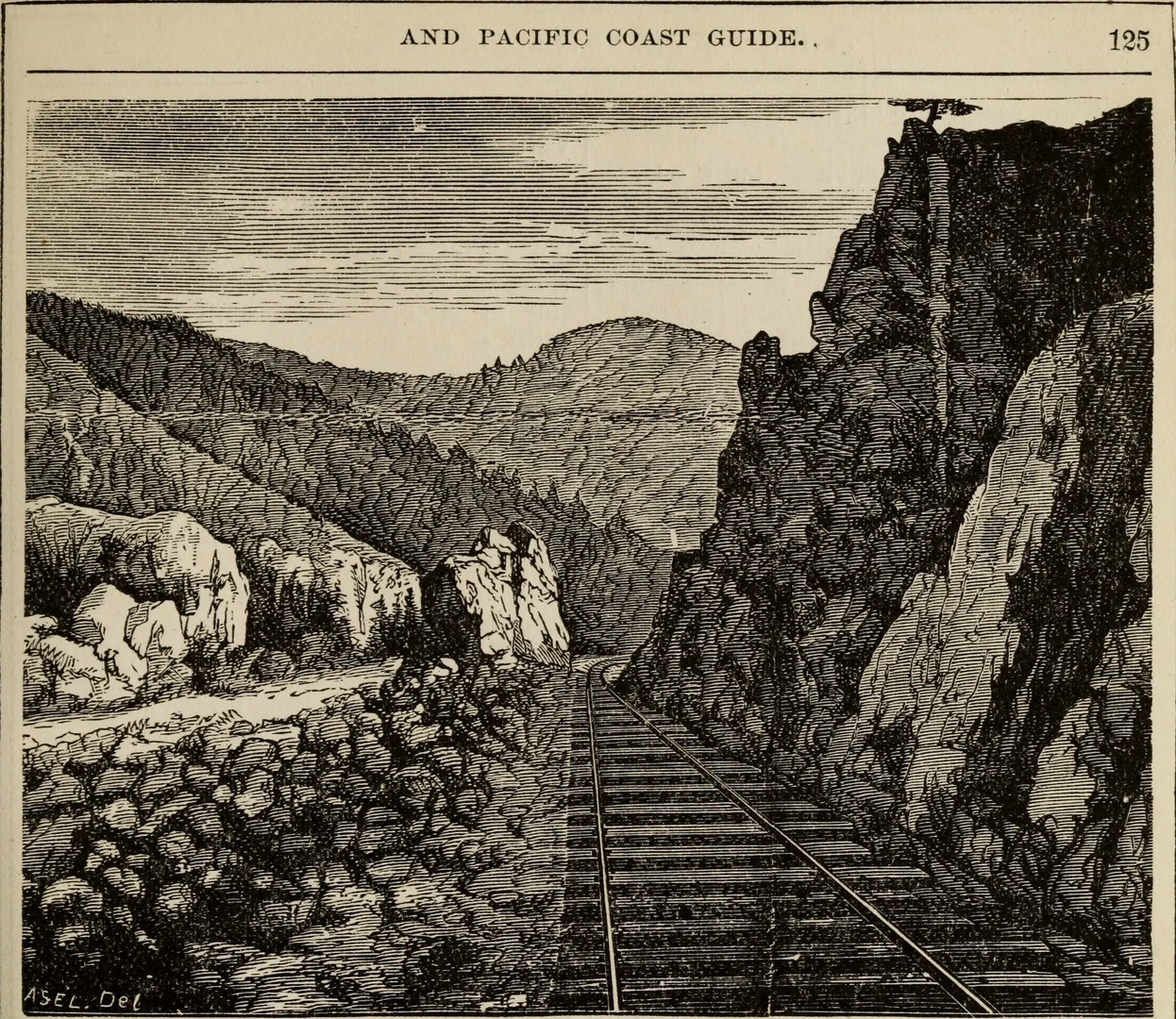The Quiet Revolution: How Montana's Railroad Towns Are Rewriting Universal Access in the American West
Complete guide to the quiet revolution: how montana's railroad towns are rewriting universal access in the american west. Detailed information, recommendations,

Big Sky Country is experiencing something unprecedented – a grassroots movement where former railroad towns are becoming unexpected champions of universal outdoor access. While Colorado's resort towns price out entire communities and Jackson Hole becomes a playground for billionaires, Montana's humble rail stops are quietly proving that accessibility and adventure aren't mutually exclusive. These aren't polished marketing campaigns or corporate initiatives. Instead, they're pragmatic solutions born from necessity, geography, and a distinctly Western approach to problem-solving. From Whitefish's adaptive ski programs to Havre's revolutionary prairie recreation network, these communities are demonstrating that the future of outdoor recreation lies not in exclusive destinations, but in places where railroad pragmatism meets modern innovation.
The Accidental Advantage
Montana's railroad towns possess something that mountain resort communities spent decades eliminating: flat, accessible infrastructure. When the Northern Pacific and Great Northern railways carved their routes across the state in the 1880s, engineers prioritized gentle grades and logical layouts. Towns sprouted around depots, spreading outward in practical grids rather than clinging to mountainsides or tucking into exclusive valleys.
This railway heritage created an unexpected foundation for universal access. Streets run wide and level, originally designed to accommodate freight wagons and livestock drives. Buildings cluster within walking distance of the old depot squares, and most importantly, these towns sit at elevation sweet spots – high enough for mountain access, low enough to avoid the transportation barriers that plague high-altitude destinations.
Take Essex, where the historic Izaak Walton Inn demonstrates this principle perfectly. Built in 1939 as a railroad helper station, the inn sits directly alongside active Burlington Northern Santa Fe tracks. The rumble of freight trains that once seemed like a liability now serves as a reminder of the town's accessibility DNA. Guests arrive by train, car, or adaptive transport with equal ease, stepping directly into Glacier National Park's southern boundary without navigating winding mountain passes or expensive shuttle systems.
The railway's influence extends beyond physical infrastructure. Railroad culture emphasized practical problem-solving over aesthetic perfection. When a bridge washed out, crews built a better one. When terrain proved challenging, engineers found workarounds. This mentality persists in how these communities approach accessibility challenges today – with creative solutions rather than expensive consultants.
Railway towns also developed robust maintenance cultures out of necessity. Keeping trains running in Montana winters required year-round equipment care and multiple backup systems. Modern accessibility initiatives benefit from this same methodical approach to infrastructure maintenance and redundancy planning.
Whitefish's Pragmatic Innovation
Whitefish exemplifies how railroad towns are transforming from economic necessity rather than moral obligation. When the ski industry began pricing out working families in the early 2000s, local leaders faced a choice: accept gentrification or innovate inclusively. They chose innovation, leveraging their railway heritage to build something unprecedented in resort communities.
The Whitefish Trail system represents the most ambitious universal access project in the Northern Rockies. Rather than retrofitting existing mountain trails with expensive adaptive features, planners designed 42 miles of new pathways following the area's natural railway grades. The result is a multi-use network where wheelchairs, adaptive bikes, traditional mountain bikes, and pedestrians share seamlessly designed spaces.
Winter programming shows similar innovation. Whitefish Mountain Resort's adaptive ski program grew from a handful of volunteers to a nationally recognized model, but the real revolution happened at the base area. The historic train depot, renovated as a community center, provides equipment storage, changing facilities, and warm-up space that meets ADA standards without looking institutional. Visitors experience the authentic charm of a 1920s railway station while accessing cutting-edge adaptive equipment.
The town's approach to lodging challenges typical resort accessibility theater. Rather than designating a few "accessible" rooms that isolate guests with disabilities, Whitefish encouraged universal design principles across its accommodation spectrum. The result is a range of options from budget motels to luxury lodges where accessibility features blend naturally into Mountain West aesthetics.
Local outfitters embraced this philosophy, developing equipment lending libraries and guide training programs that serve adaptive recreationalists without segregating them into special programs. The Whitefish Legacy Partners organization coordinates these efforts, ensuring that accessibility improvements serve broader community goals rather than checking regulatory boxes.
What makes Whitefish's model particularly compelling is its financial sustainability. Universal design principles reduce long-term maintenance costs while expanding market reach. Accessible trails attract families with strollers, elderly visitors, and recreational cyclists alongside adaptive users. The economic multiplier effect benefits the entire community, creating stakeholder buy-in that ensures program longevity.
The Prairie Advantage
Havre proves that accessibility innovation doesn't require mountain scenery or resort amenities. This northern Montana railroad town transformed perceived disadvantages – flat terrain, harsh weather, limited tourism infrastructure – into the foundation for groundbreaking outdoor programming.
The Hi-Line Trail system connects Havre to surrounding communities via converted railway corridors, creating a 200-mile network of accessible pathways across the northern prairie. What started as rails-to-trails conversion evolved into something more ambitious: a demonstration that prairie landscapes offer unique recreational opportunities when approached with imagination rather than resignation.
Havre's Beaver Creek Park showcases this philosophy in practice. The 10,000-acre county park features accessible camping facilities, fishing platforms, and interpretive trails that rival anything found in more famous destinations. The park's design philosophy embraces prairie aesthetics rather than trying to mimic mountain parks. Rolling grasslands, wildlife viewing blinds, and expansive sky become the attraction rather than obstacles to overcome.
Winter programming in Havre challenges assumptions about cold-weather recreation. The town's adaptive cross-country skiing program takes advantage of reliable snow and gentle terrain to offer experiences unavailable in more dramatic landscapes. Sit-skis and adaptive equipment work particularly well on prairie terrain, where steep descents and technical navigation don't limit route options.
The community's approach to visitor services reflects railroad town pragmatism. Rather than building expensive new facilities, Havre adapted existing infrastructure to serve recreational visitors. The historic train depot houses visitor information, equipment rental, and trip planning services. Local motels and restaurants expanded accessibility features gradually, focusing on practical improvements over cosmetic renovations.
Partnerships with Fort Belknap Indian Reservation add cultural dimensions to outdoor programming while expanding accessibility options. Traditional ecological knowledge enhances interpretive programming, while reservation tourism enterprises provide alternative accommodation and guide services that welcome adaptive recreationalists.
Havre's success demonstrates that accessibility innovation thrives when communities focus on authentic experiences rather than trying to replicate more famous destinations. Prairie sunrises, endless sky, and wildlife abundance create memorable experiences without requiring expensive infrastructure or challenging terrain navigation.
Breaking the Backcountry Barrier
Montana's railroad towns are pioneering adaptive backcountry access through innovative partnerships and equipment development. Traditional wilderness experiences seemed inherently inaccessible, but creative outfitters along the northern tier are proving that assumption wrong.
Track-chair technology, originally developed for hunting applications, found new life in Montana's adaptive recreation scene. These tank-treaded wheelchairs navigate terrain that would challenge traditional hiking boots, opening backcountry experiences previously limited to able-bodied adventurers. Railroad towns provide ideal staging areas for track-chair adventures, with level parking, equipment storage, and maintenance facilities.
Glacier National Park's southern boundary near Essex showcases this innovation. The Izaak Walton Inn partners with adaptive outfitters to provide track-chair rentals and guided experiences along historic railroad grades that penetrate deep into wilderness areas. Visitors access authentic backcountry experiences without technical climbing or dangerous river crossings.
Packstock operations adapted their traditional services to accommodate adaptive recreationalists. Horse and mule pack trips can transport adaptive equipment, mobility devices, and specialized camping gear into remote locations where visitors transfer to track-chairs or other adaptive equipment for day explorations. This hybrid approach opens vast wilderness areas while maintaining safety standards.
Water-based adventures along the Missouri River and its tributaries benefit from railroad infrastructure that provides accessible launch points and takeout locations. Historic railway bridges create rest stops and emergency access points along float routes, while old railway grades provide accessible approaches to remote river sections.
Hunting and fishing guides embraced adaptive clientele as both ethical imperative and business opportunity. Railroad towns' flat terrain and logical layouts make them ideal bases for adaptive hunting operations, while converted rail corriduses provide accessible routes to productive fishing waters.
Equipment development accelerated through collaboration between Montana manufacturers and adaptive users. Track-chairs designed for Montana conditions work better in alpine environments than models developed elsewhere. Local fabrication shops modify standard recreational equipment for specific adaptive applications, creating custom solutions at reasonable costs.
The economic impact extends beyond direct recreation spending. Adaptive recreationalists often travel with companions and stay longer than typical visitors, generating significant economic multipliers for small railroad communities.
The Infrastructure Reality Check
Montana's railroad towns succeed at universal access because they focus on functional improvements over symbolic gestures. While resort destinations install expensive accessibility features that photograph well but function poorly, railroad communities prioritize practical solutions that actually work in harsh conditions.
Parking provides a perfect example. Instead of designating a few "accessible" spaces near building entrances, railroad towns typically offer abundant level parking throughout their compact downtown areas. Snow removal and surface maintenance happen systematically rather than reactively, ensuring year-round accessibility without special accommodations.
Sidewalk networks in railroad towns follow logical grids rather than meandering around topographical obstacles. When communities upgrade these systems, universal design principles guide improvements. Curb cuts, surface materials, and lighting systems serve all users while maintaining authentic Western aesthetics.
Public restroom facilities demonstrate the difference between accessibility theater and functional design. Railroad towns typically provide clean, heated, well-maintained facilities that meet accessibility standards without looking institutional. These restrooms stay open year-round and receive regular maintenance, unlike seasonal facilities in many recreational destinations.
Signage systems in successful railroad towns emphasize clear information over decorative elements. Trail markers indicate distances, elevation changes, and surface conditions in straightforward language. Maps show actual routes rather than idealized illustrations, helping all users make informed decisions about their capabilities.
Transportation connections remain railroad towns' greatest accessibility advantage. Amtrak service still reaches several Montana communities, providing car-free access for visitors who cannot drive long distances. Local transportation systems, while limited, typically accommodate mobility devices and adaptive equipment without advance reservations or special arrangements.
The most significant infrastructure advantage involves emergency services. Railroad towns developed robust emergency response capabilities due to train accidents and industrial hazards. Modern accessibility programming benefits from well-equipped EMS services, established evacuation procedures, and communication systems that work reliably in challenging conditions.
Weather preparedness separates functional accessibility programs from fair-weather initiatives. Railroad towns learned to maintain operations through severe weather, and their accessibility programs reflect this same resilience. Indoor alternatives, backup equipment, and flexible programming ensure that accessibility doesn't disappear when conditions deteriorate.
The Ripple Effect
Success stories from Montana's railroad towns are inspiring similar initiatives across the Mountain West, creating a network of accessible destinations that challenges the traditional resort-town model. Communities in Wyoming, Idaho, and eastern Washington are studying the Montana approach and adapting strategies to their local conditions.
Economic data from pioneer communities provides compelling evidence for accessibility investments. Whitefish's universal design initiatives generated measurable increases in shoulder-season visitation and average length of stay. Havre's prairie recreation programs attracted new visitor demographics that spend more per capita than traditional pass-through tourists.
State-level policy changes reflect railroad town influence. Montana's recreational trail funding now prioritizes universal design principles, while permit processes for outfitters include accessibility provisions. These policy shifts create favorable conditions for communities considering similar initiatives.
Educational institutions are documenting and disseminating railroad town innovations. The University of Montana's research on accessible trail design draws heavily from Whitefish examples, while Montana State University studies prairie recreation models pioneered in Havre. This academic attention legitimizes community-based innovation and provides technical support for replication efforts.
Corporate partnerships emerging from Montana successes extend benefits beyond individual communities. Equipment manufacturers now test products in Montana conditions, leading to improved adaptive gear for users nationwide. Tourism marketing cooperatives highlight accessibility features, reaching new markets while educating traditional outdoor recreationalists about universal design benefits.
The railroad town model influences larger destinations struggling with overcrowding and exclusivity. Bozeman and Missoula incorporate small-town accessibility strategies into urban recreation planning, while resort communities study railroad town approaches to workforce housing and visitor services.
International attention validates Montana innovations. Accessibility advocates from Canada, Scandinavia, and other countries with similar climates and railway heritage visit Montana communities to study replicable strategies. This recognition enhances Montana's reputation while creating opportunities for knowledge exchange and program improvement.
Railroad towns are writing the next chapter of Western recreation, proving that inclusion and adventure create stronger communities than exclusion and elitism ever could.







